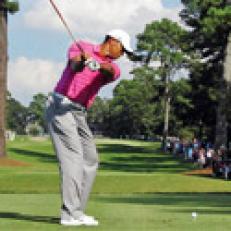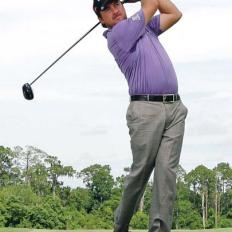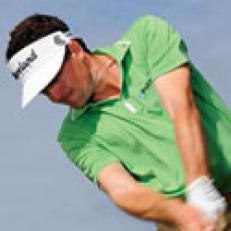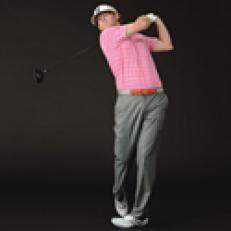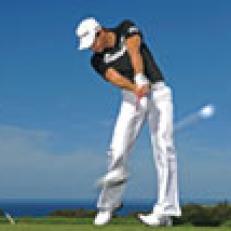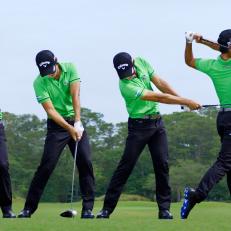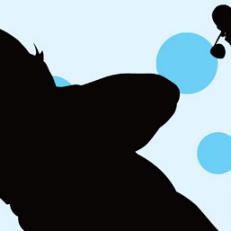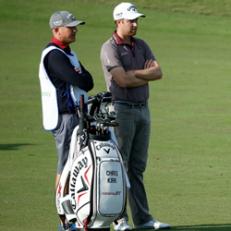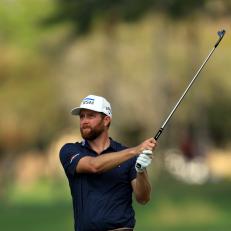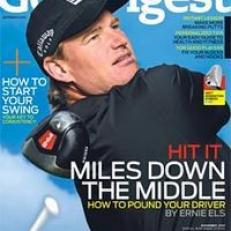Swing Sequence: Chris Kirk
Chris Kirk used to hit what he calls the "high-school hook," a big, sweeping draw that started right of the fairway and whipped back into play. He learned it as a junior golfer to compensate for a lack of strength. "You can pick up some serious yardage with that shot," he says.As he got older and stronger, Kirk tried to take away some of that curve but found himself hitting drives that started right of the fairway and never came back. He corrected only half the problem. "I went from hitting big hooks to hitting block after block after block," he says. "My goal now is to eliminate the right side of the golf course."Working with teacher Scott Hamilton over the past year, Kirk has made a few setup and swing adjustments to fix the block. During the process, he won the McGladrey Classic last fall and finished second at the Sony Open in January. His driving accuracy has improved slightly—from 59.7 percent of fairways hit in 2013 to 62 this year—but Kirk says he isn't blocking it nearly as much. "Plus, he knows what's wrong when he misses one, and he can fix it out on the course," Hamilton says. "That's really important."
OPENING ACT
Chris Kirk's swing path used to be severely in to out through impact, says his coach, Scott Hamilton. To fix that, Kirk now aligns his body open. "I picture Fred Couples," Kirk says. He also sets up more behind the ball to help him square the face by impact. Notice the edge of his left shoulder is in line with the ball.
LATE WRIST HINGE
At 6-foot-3, Kirk takes the club back on a wide arc and hinges his wrists later in the backswing than most players. Hamilton says the result is that his arms continue swinging back after his torso stops turning. "If he hinges a little earlier, he'll match up with his turn better," Hamilton says. "We'll eventually work on that."
IN NO HURRY
"People have told me I have a slight pause at the top of my swing," Kirk says. "It's something I've never thought about. I know I have a naturally slow tempo. It mirrors my way of life. I don't walk fast—don't do anything fast—and my swing shows that. I do know that taking your time at the top helps sync the swing better."
STAYING BACK
"I want to feel like I'm staying on my right side a little longer, keeping my back facing the target longer," Kirk says. "Then I can really rip the ball." Hamilton adds: "If his body gets out in front of the ball's position, he'll block it right. Look how well he stays behind the ball through impact—check out his left shoulder compared to address."
AN UPSWING HIT
If you can keep your body mass behind the ball through impact, Hamilton says, you can catch it on the upswing like Kirk is doing here. "You'll pick up some distance without having to hit a big draw." Kirk's clubhead is ascending by only a degree or two at impact, but that increases his carry yardage and roll.
EASY TO REPEAT
Hamilton says when you swing as far out to the right of the target as Kirk used to, you have to roll your wrists over to shut the clubface and make the ball curve left. Now that Kirk's path is straighter, Hamilton says, his wrist action is reduced, too. Relying less on hand-and-wrist action makes it easier to consistently drive the ball in play.


